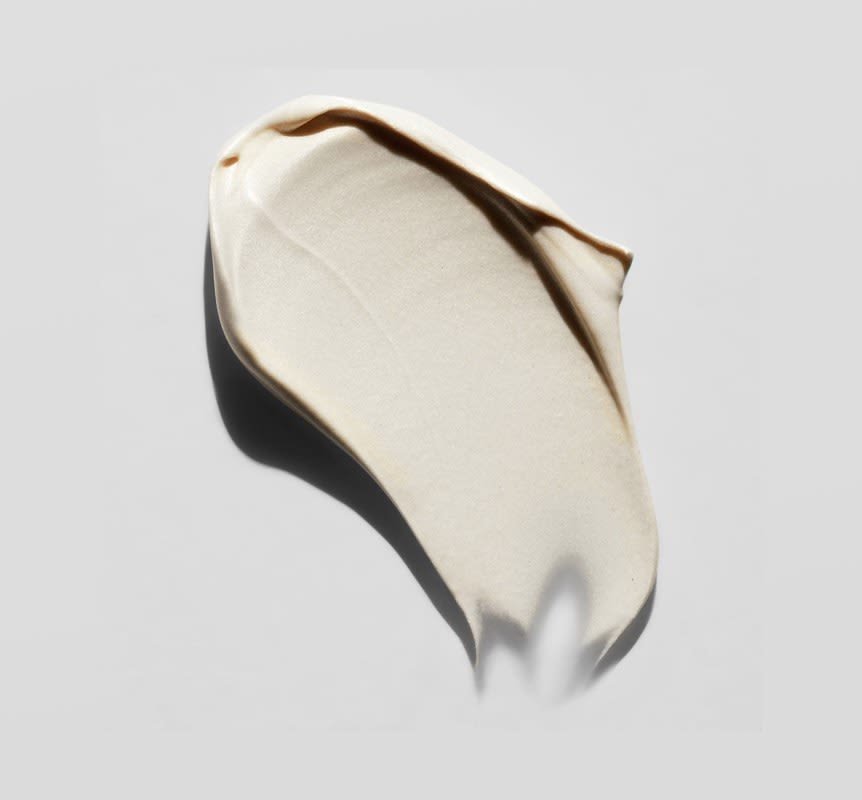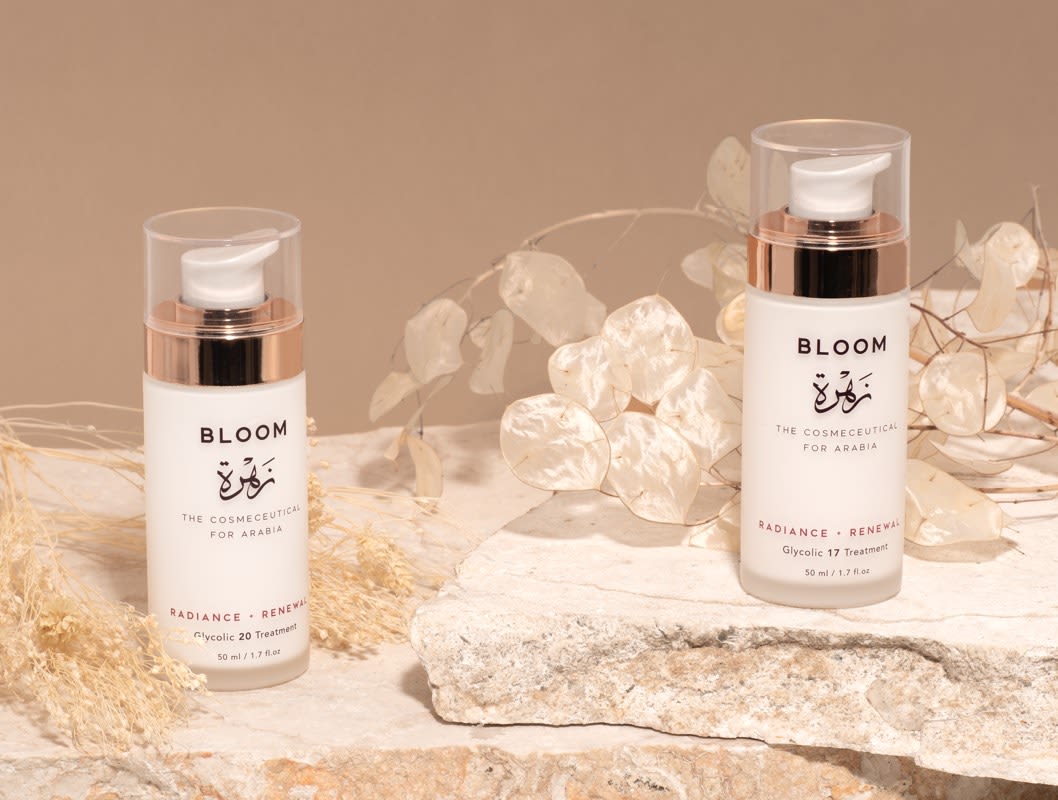free-shipping
The ultimate guide to acids in skincare
Hydroxy Acids
Hydroxy acids, which are weak organic acids, encourage exfoliation of dead skin cells and dramatically increase skin's radiance without the risks that can occur with physical scrub creams, e.g scarring (common in darker skinned tones), dehydration etc.
Hydroxy acids (HA) are called chemical exfoliators. They join retinoids, vitamins A, B, C (ascorbic acid) and sun screen as the most effective anti-aging agents in cosmeceuticals.
Prior to 1990 most moisturisers were basically oil-in-water emulsions that did little to improve the quality of skin other than to prevent and treat dryness. Then suddenly alpha hydroxy acids came storming into the anti-aging skin care market. They were truly ground breaking ingredients at that time and remain one of the most effective topical anti-aging treatments available today. And here's why.

THE BENEFITS OF
USING
HYDROXY ACIDS
Hydroxy Acids, formulated in the correct percentages with the correct PH, deliver the following benefits:
- Increased firmness and hydration of the dermis and epidermis due to increased natural collagen and hyaluronic acid production
- Reduction in fine lines and wrinkles as hydration is improved and collagen is increased
- Pores less visible, skin appears smoother, improved skin texture
- Increased radiance as skin reflects light better
- Normalisation of dry and scaly skin and surface roughness (chapped)
- Reduction in uneven pigmentation such as age spots and freckles
- Improved skin barrier function
- Blackhead formation is lessened
- Provides anti-inflammatory action
HOW DO HYDROXY
ACIDS WORK?
It’s not how you think!
With the word 'acid' in its name and the slight tingling feeling felt by many on application, many assume that hydroxy acids work by 'dissolving' the dead skin cells on our outermost layer of skin.
Actually the way in which hydroxy acids work is by causing an increase in exfoliation that occurs from the lower levels of the epidermis outwards, and not from the outer layers inwards.
DO HYDROXY ACIDS
'THIN THE SKIN’?
The definitive answer to this is NO. The reverse is true and that's what makes them such fabulous anti-aging ingredients.
Although hydroxy acids thin the strateum corneum (the most outer layer of the skin), the overall epidermis is thickened (redensified) giving a more youthful appearance (the same action as using fillers!)
UV and environmentally damaged skin has a thick SC (outermost layer) and a thin overall epidermis. A well formulated hydroxy acid treatment cream reverses this beautifully, increasing radiance at the stratum corneum and at the same time reducing fine lines as collagen is formed in the lower dermal layers 'pushing' fine lines out.
DIFFERENT KINDS
OF
HYDROXY ACIDS
WHICH IS BEST? WHICH ONE SHOULD I USE?
Hydroxy Acids include alpha, beta and polyhydroxy acids. The difference between them is in their molecular structure.
Alpha types include glycolic, lactic and malic acids. BLOOM products contain glycolic and latic acid and are suitable for all skin types except ultra sensitive. High concentrations of glycolic acid (more than 25- 50%) are used only by dermatologists for in-house, professional peels. Lower concentrations in cosmeceutical formulations are perfect for daily application.
Beta hydroxy acid, originally extracted from willow bark, is customarily used for the treatment of acne and blackheads.
Polyhydroxy acids are the gentlest of all – but do not usually give the same dramatic results.
Hydroxy acids are
not scary
Just remember to use a
daily sunscreen
Alpha Hydroxy Acids
Includes glycolic (from sugar cane), lactic (from milk) and malic (from apples).
Beta Hydroxy Acids
Salicylic acid
Polyhydroxy Acids
Gluconolactone is the most common type
Our BLOOM Radiance Renewal glycolic treatment has two separate strengths. Glycolic 17 for first time users and Glycolic 20 for skins that are well accustomed to Glycolic 17's lower strength and are ready for the next 'step up' in exfoliation treatment.


HOW TO ENJOY THE
BENEFIT
OF
GLYCOLIC 17
AS A FIRST TIME USER
tip
*E.g. Mon/Wed/Fri or Tue/Thu/Sat.*
Both Glycolic 17 and 20 treatments are powerful agents . They must be used with care and gradually introduced to allow the skin to adapt.
Begin with Glycolic 17. Apply to face and neck every second night, alternating with Phyto Retinol Cream. Do not apply every night. It is not necessary.
If at the beginning excessive stinging occurs (more than 2 minutes), reduce application to every 3rd or 4th night building up to every third and then every second night.
Avoid harsh facial scrubs. They are not necessary.
Always wear SPF of at least 15 during the day.
Only graduate to Glycolic 20 once skin has become well accustomed to every alternate night application of Glycolic 17. This may take 3- 4 months.
